
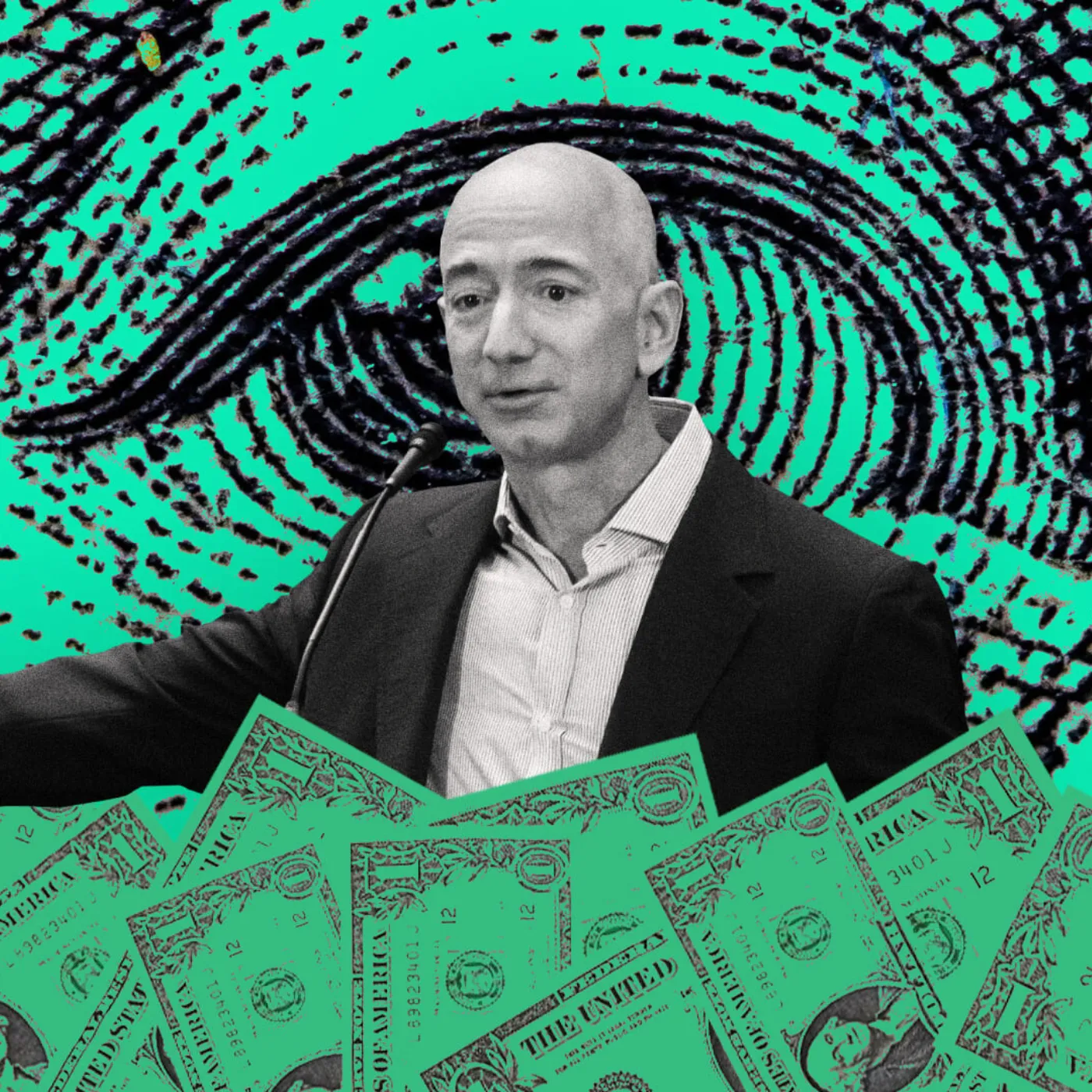
The Truth Behind Jeff Bezos’ ‘70% Risk’ Warning to Early Amazon Backers
When Jeff Bezos launched Amazon in 1994, few could have imagined the massive online marketplace would eventually transform the way the world shops and consumes information. Today, Amazon is a global powerhouse, worth over $1 trillion, with millions of employees and customers across the globe. But before the fame and fortune, Bezos and his fledgling company faced significant hurdles. As he reveals in numerous interviews, the hardest part of his entrepreneurial journey was not the technological innovations or the logistics of running an international business; it was the early days of convincing investors to believe in his vision.
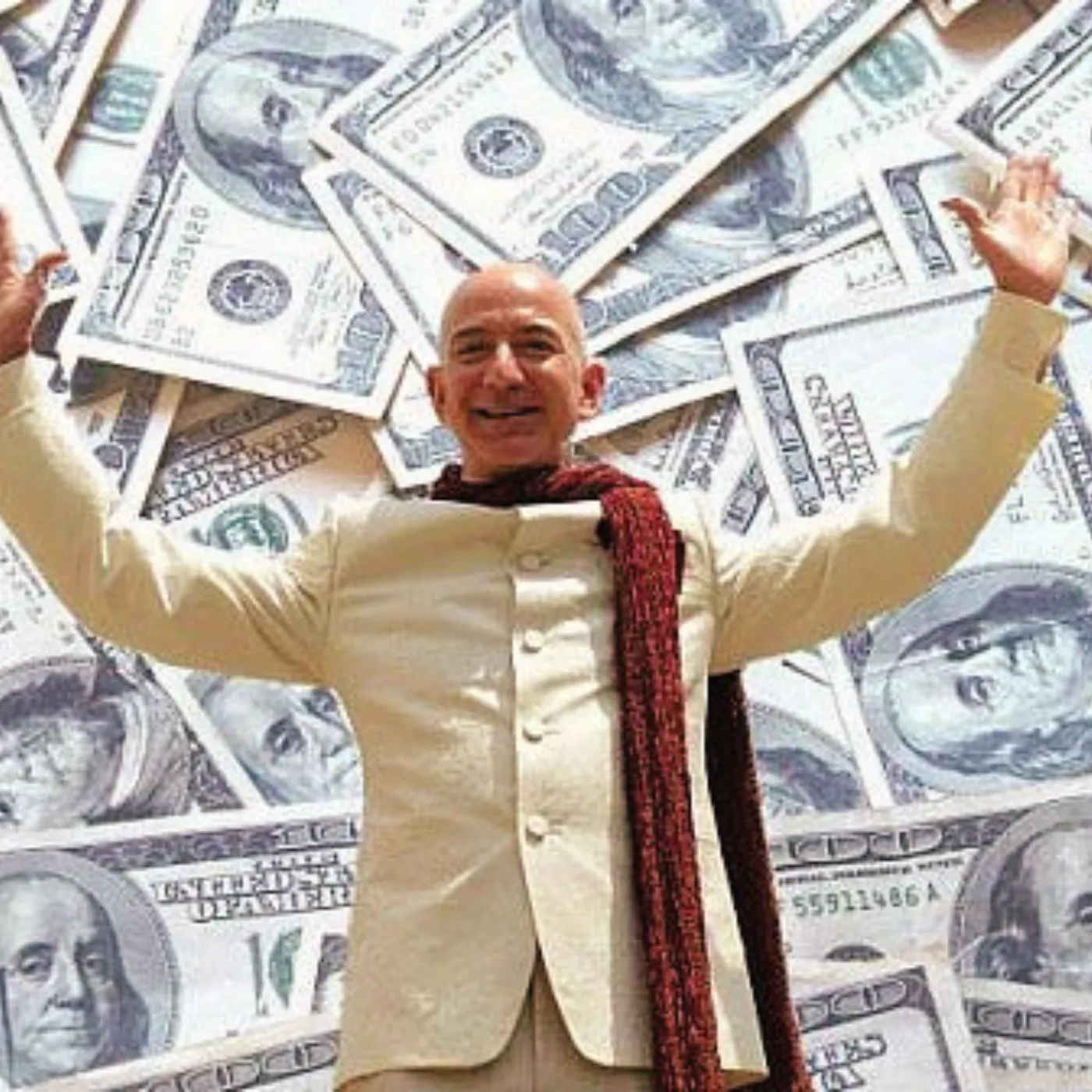
In a candid reflection on the early years of Amazon, Bezos discusses how difficult it was to secure funding, especially given the risks involved. He shares how he warned potential backers that there was a “70% chance” they would lose their money. This startling admission highlights the incredible risks involved in building a company from scratch. Bezos’ transparency about these early challenges provides valuable lessons on perseverance, risk management, and the harsh realities of entrepreneurship.
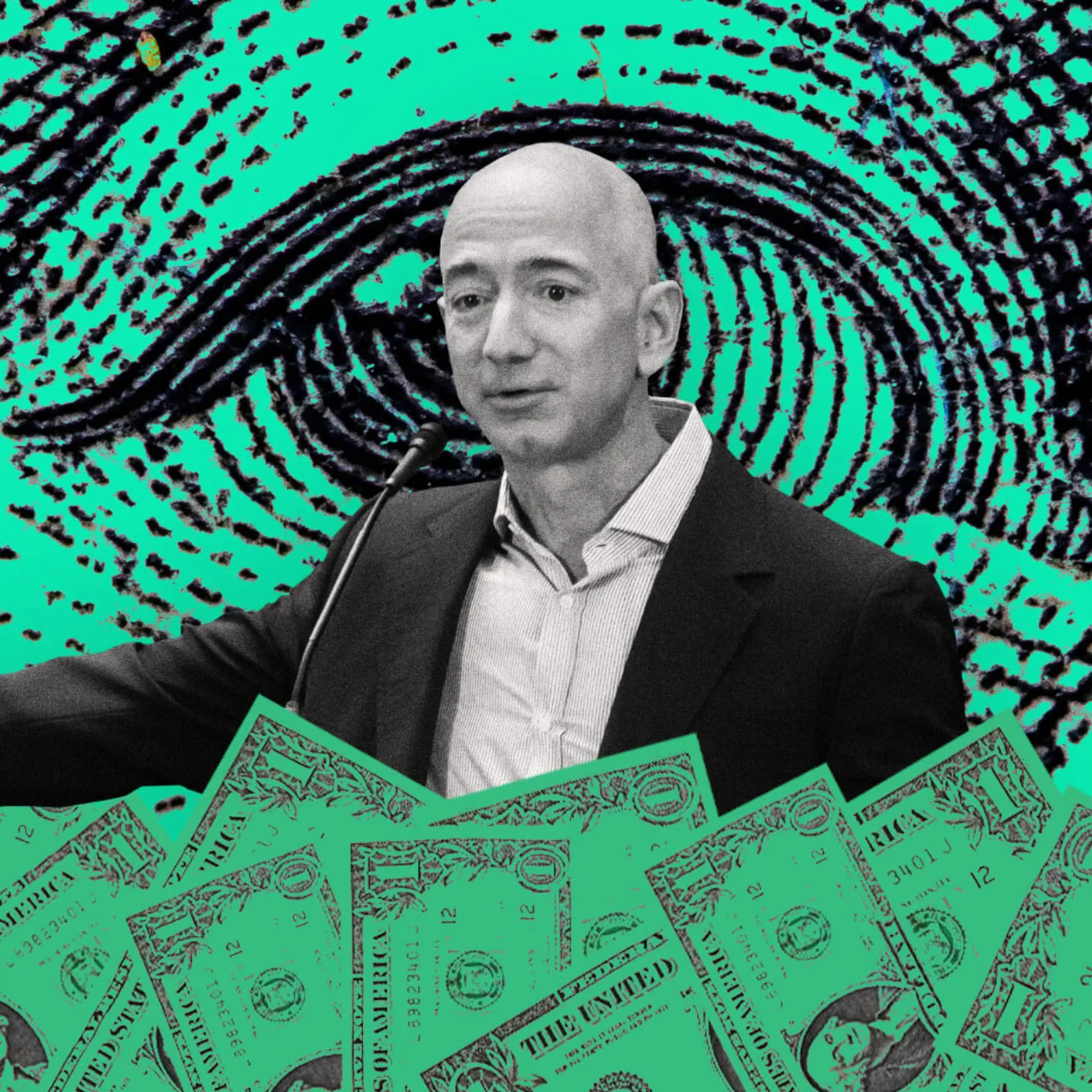
The Beginning of Amazon: A Vision with Risks
When Bezos first conceived Amazon, the concept of an online bookstore seemed revolutionary. But there was a problem: the internet was still in its infancy, and e-commerce was an unproven model. Bezos saw the potential for a digital marketplace long before the world understood its power. However, turning this vision into reality required capital—capital that was hard to come by in the early 1990s.

In the beginning, Bezos faced resistance from potential investors who were skeptical about the viability of e-commerce. Many believed that consumers would not trust online shopping, especially when it came to purchasing books without the ability to touch and feel the products. Others were concerned about the logistics of shipping products nationwide, let alone globally.
But Bezos was not deterred. He had faith in his vision, and he was determined to make Amazon more than just an online bookstore. He envisioned a marketplace where people could buy anything they needed—from books to electronics, clothing, and beyond. Yet, to achieve this grand vision, Bezos needed to convince investors that his idea was worth betting on.
The Challenge of Landing Investors
Securing funding in the early days was no easy feat. Bezos and his small team of employees worked tirelessly on the Amazon website and business plan. They presented their vision to a variety of potential investors, including venture capitalists and angel investors. Bezos often recounts the conversations where he laid out the risks involved, knowing that he would have to overcome significant doubt to secure the money he needed to grow the business.
Bezos’ strategy was simple yet bold: he told investors that there was a “70% chance” they would lose their money if they invested in Amazon. This statement was not made out of desperation or pessimism, but rather as a way of setting realistic expectations. Bezos wanted his investors to understand that building a successful business, especially one based on an unproven model like e-commerce, was risky. But he also wanted them to know that if they were willing to take that risk, the potential rewards were enormous.
This blunt approach may have turned off some potential investors, but it helped Bezos build a network of backers who believed in his vision and understood the risks. One of the earliest investors in Amazon was Bezos’ own parents, who contributed $300,000 to the venture. While they believed in their son’s potential, they too were fully aware of the risks involved. But Bezos’ honesty about the challenges and uncertainties surrounding the business ultimately paid off.
The Early Days of Amazon: Struggles and Setbacks
The road to Amazon’s first million was anything but smooth. After securing initial funding, Bezos and his team faced numerous challenges as they built the infrastructure of the website and began operations. One of the early struggles was scaling the business. In the beginning, Amazon only sold books, and Bezos had a vision of offering every book ever printed. However, the sheer volume of inventory that needed to be managed proved to be a logistical nightmare.
To make matters worse, Amazon’s website was slow, and customers often faced difficulties navigating the site. The customer experience was not perfect, and there were frequent technical glitches. Despite these issues, Bezos remained committed to his vision of building the world’s largest online store. He knew that success would not come overnight and that the early days would be filled with challenges.
In addition to the technical hurdles, Bezos also had to navigate the skepticism of customers. In the 1990s, people were hesitant to shop online, especially when it came to making big-ticket purchases. There were no guarantees that products would arrive on time, and many consumers were still unfamiliar with the concept of online shopping. It was a tough sell to convince people to buy books online instead of visiting their local bookstores.
But Bezos was relentless. He knew that Amazon had to differentiate itself from traditional brick-and-mortar stores by offering a unique customer experience. As a result, Amazon introduced features such as customer reviews, personalized recommendations, and an easy-to-navigate interface. Over time, these innovations helped Amazon stand out from the competition and build a loyal customer base.
The Turning Point: Reaching the First Million
After months of hard work, setbacks, and persistent efforts, Amazon finally reached its first major milestone: it sold its first million dollars in products. This was a huge achievement, but it was just the beginning. Bezos recalls this moment as a turning point for the company, where he realized that the risks he had taken were beginning to pay off.
However, even as the company started to generate revenue, Bezos understood that Amazon’s success would not be guaranteed. The competition in the e-commerce space was heating up, and other companies were starting to notice Amazon’s growth. But Bezos remained focused on his long-term vision. He understood that the key to Amazon’s success was to build a customer-centric business that offered more than just books. Amazon had to become a one-stop shop for everything people needed, from electronics to home goods to groceries.
Despite the challenges, Bezos’ commitment to his vision never wavered. He continued to innovate and expand Amazon’s offerings, moving beyond books and into a wide range of product categories. Over the years, Amazon grew exponentially, eventually becoming the global e-commerce giant it is today.
The Lessons Learned from Amazon’s Early Struggles
Looking back at the early days of Amazon, Bezos reflects on the lessons he learned from his experiences. One of the most important takeaways is the importance of managing risk. Bezos’ candid warning to investors about the 70% chance of failure was not a reflection of pessimism, but rather a realistic acknowledgment of the challenges that lay ahead. He knew that in order to succeed, he would have to take risks, but he was also prepared for the possibility of failure.
Another key lesson is the importance of persistence. Building Amazon was not an easy task, and Bezos faced countless obstacles along the way. But through hard work, innovation, and a relentless focus on his vision, he was able to overcome those challenges and turn Amazon into the success it is today.
Bezos also emphasizes the importance of being customer-centric. From the very beginning, Amazon’s primary focus was on providing an exceptional customer experience. This philosophy has remained at the core of Amazon’s business model and has been a driving force behind its continued growth and success.
A Legacy of Innovation and Risk-Taking
Today, Jeff Bezos is widely regarded as one of the most successful entrepreneurs of all time. Amazon has revolutionized the way the world shops, and Bezos’ willingness to take risks and challenge the status quo has made him a respected figure in the business world. But his journey to success was not without its struggles.
In reflecting on Amazon’s early days, Bezos offers a powerful reminder to aspiring entrepreneurs: success is never guaranteed, and the road to achieving your dreams is filled with challenges. But with a clear vision, an unwavering commitment to your goals, and a willingness to take risks, anything is possible.
As Amazon continues to grow and innovate, it serves as a testament to the power of perseverance and risk-taking. Bezos’ willingness to be upfront about the challenges he faced in the early days of Amazon offers valuable insights into the reality of building a business from scratch. It’s a story of struggle, risk, and, ultimately, triumph. And it’s one that continues to inspire entrepreneurs around the world to this day.
Conclusion
Jeff Bezos’ journey to building Amazon is a story of hard work, perseverance, and calculated risk. By acknowledging the risks involved early on and being honest with his investors, he set the stage for Amazon’s eventual success. Reaching that first million dollars in sales was just the beginning, and it took years of dedication, innovation, and relentless focus to build Amazon into the global leader it is today. Bezos’ story serves as a reminder that success in business is rarely a smooth path but one that requires risk, resilience, and a clear vision for the future.








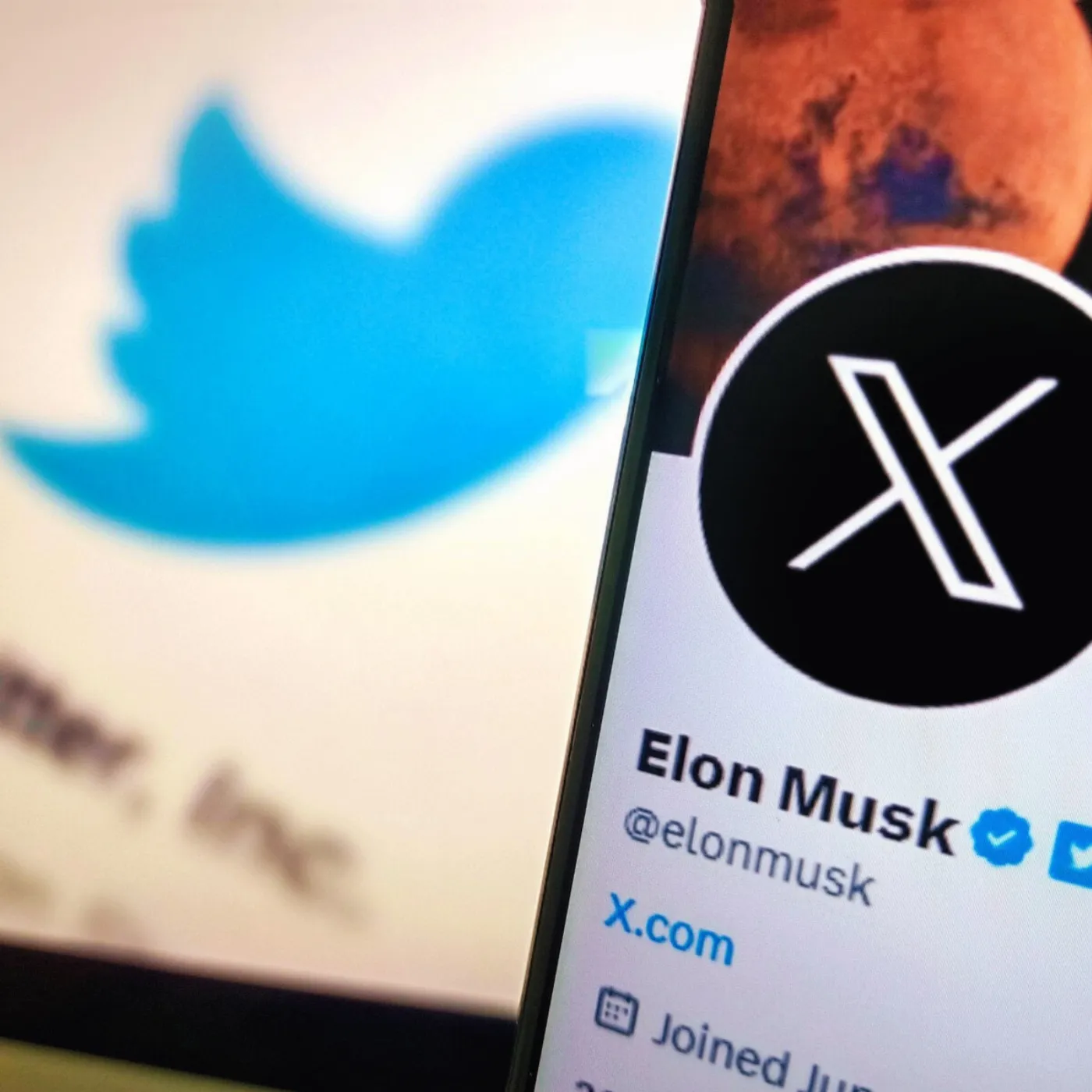

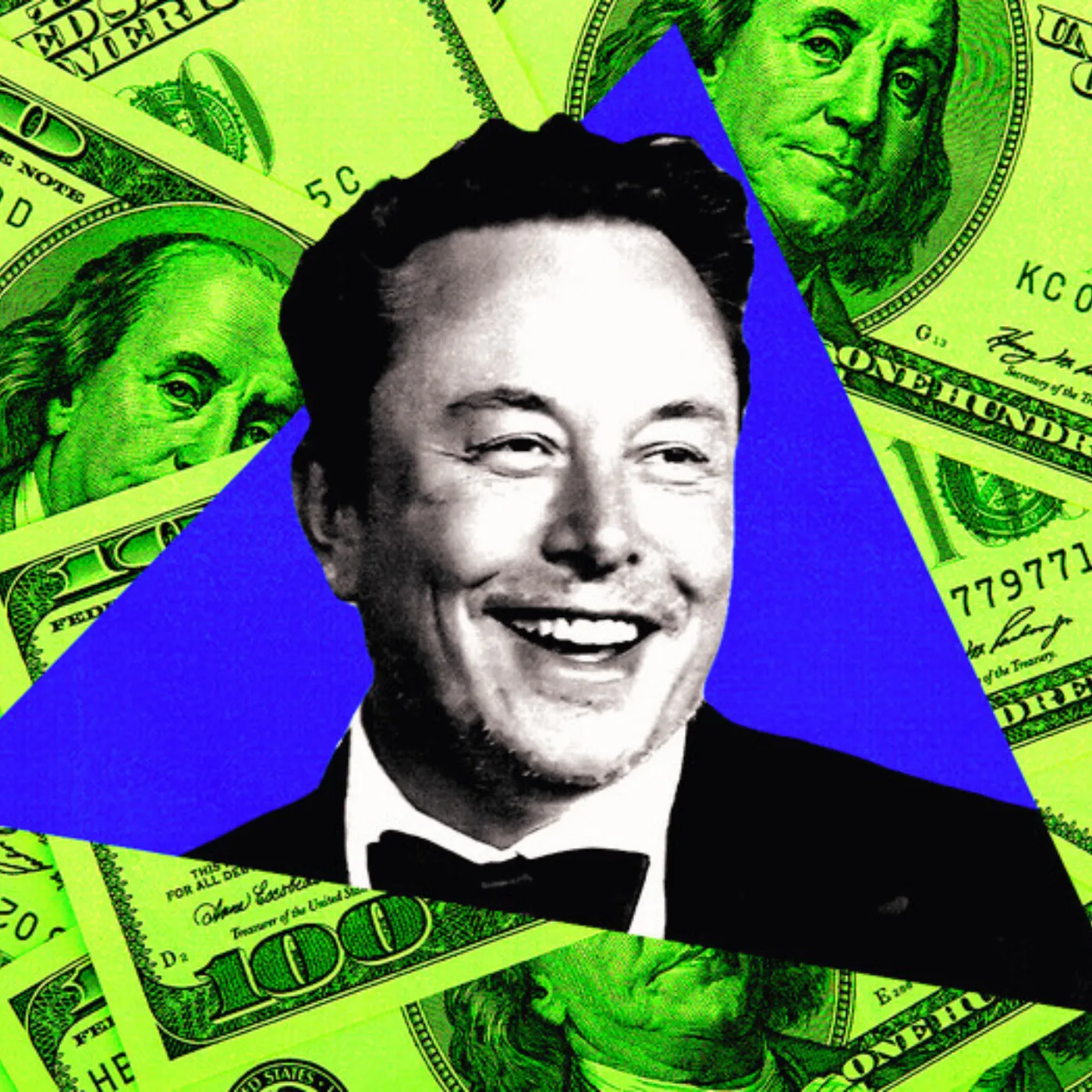








Post Comment